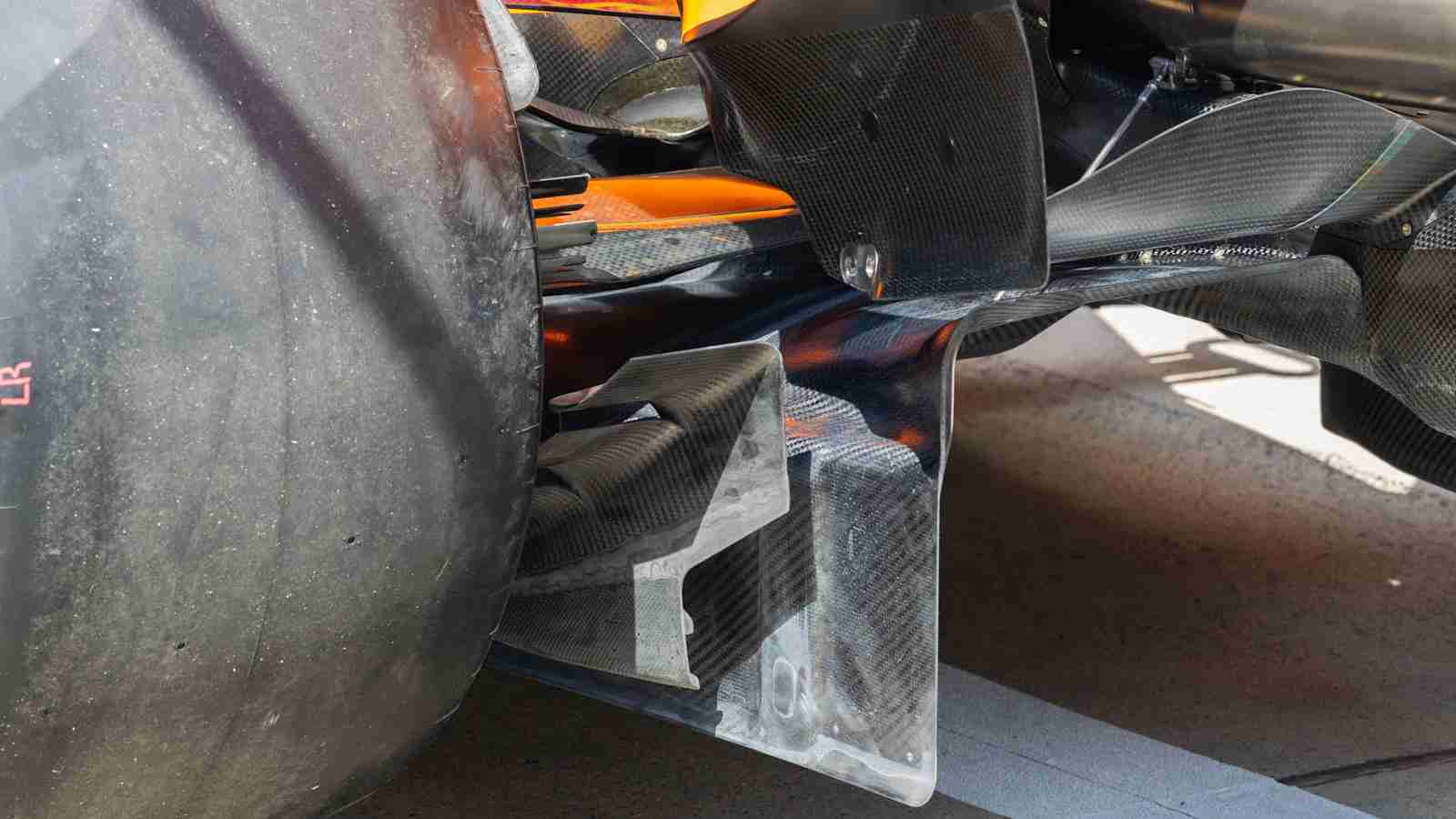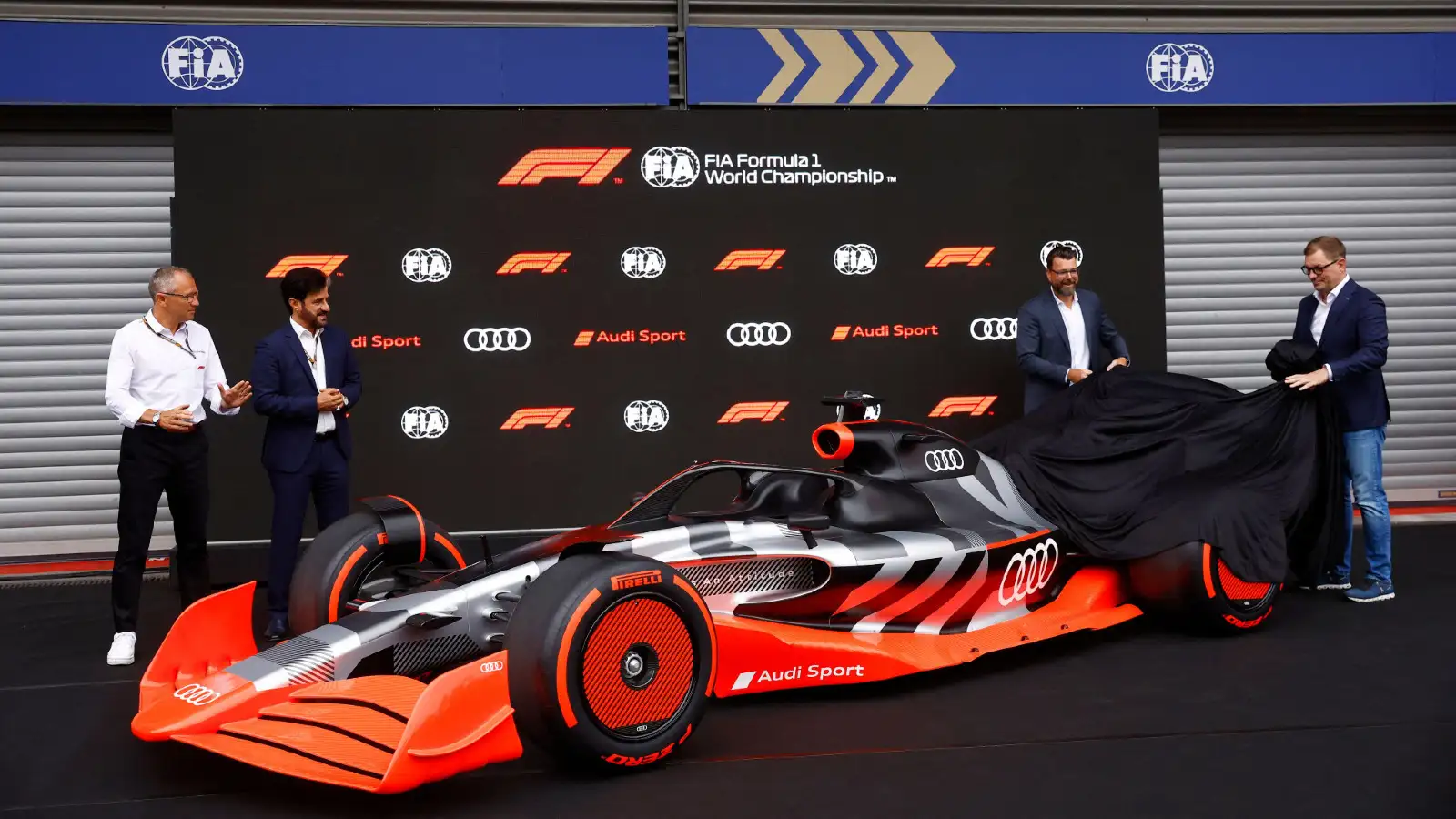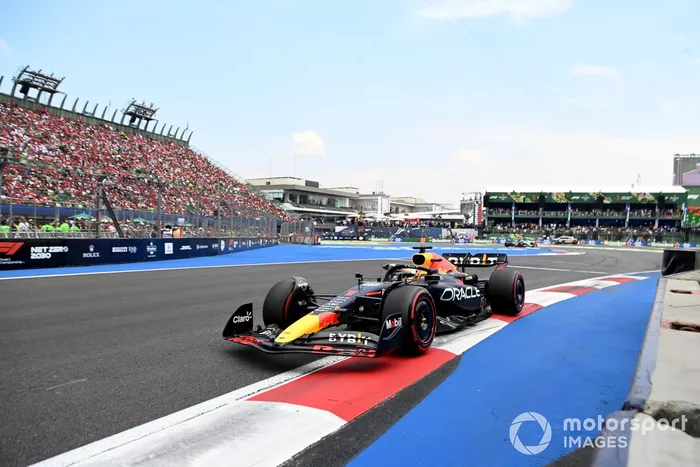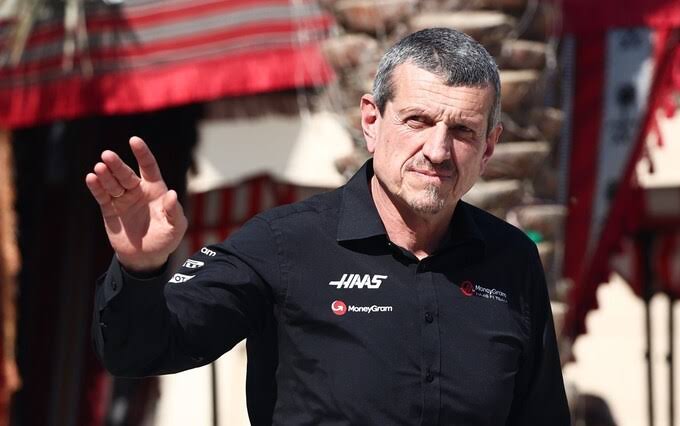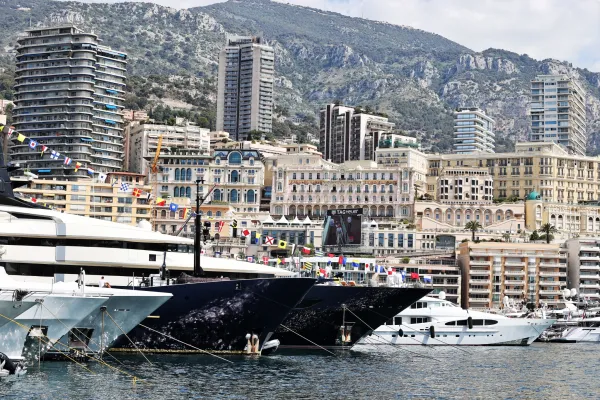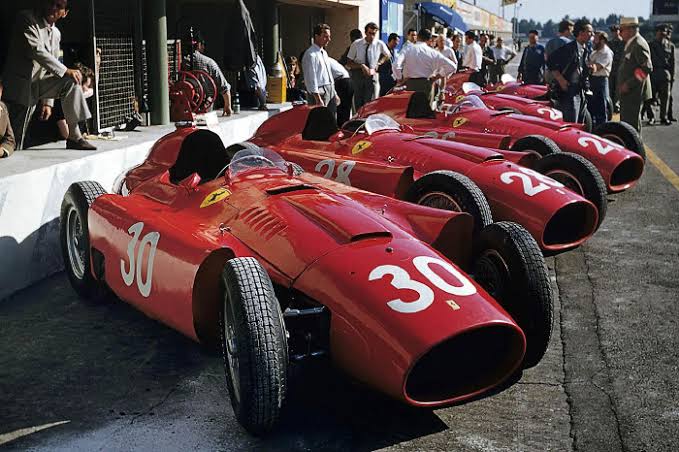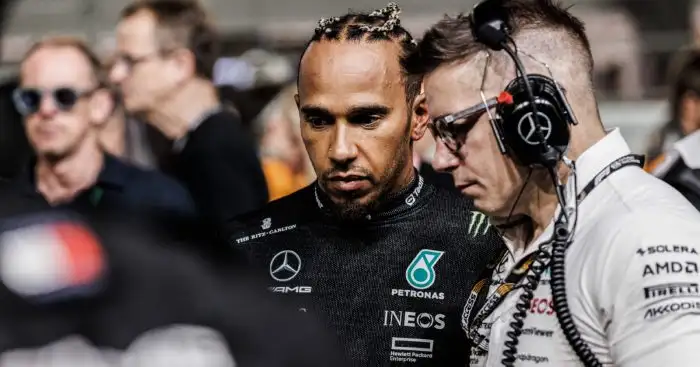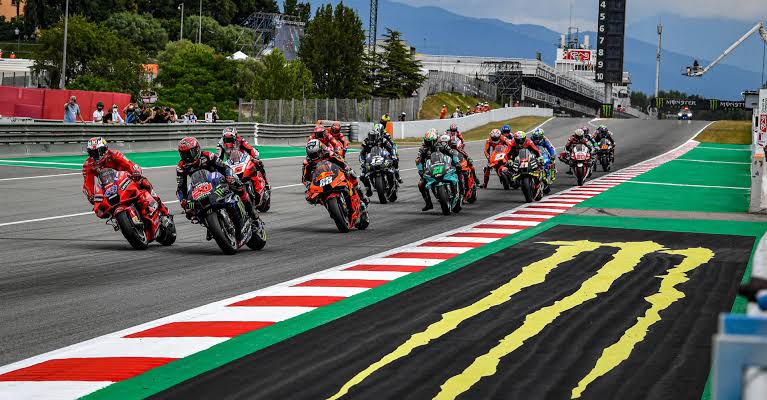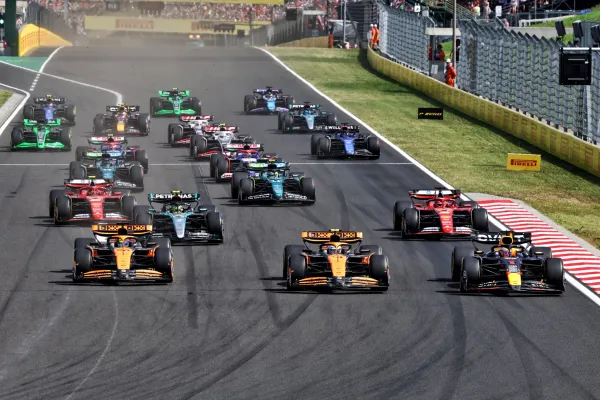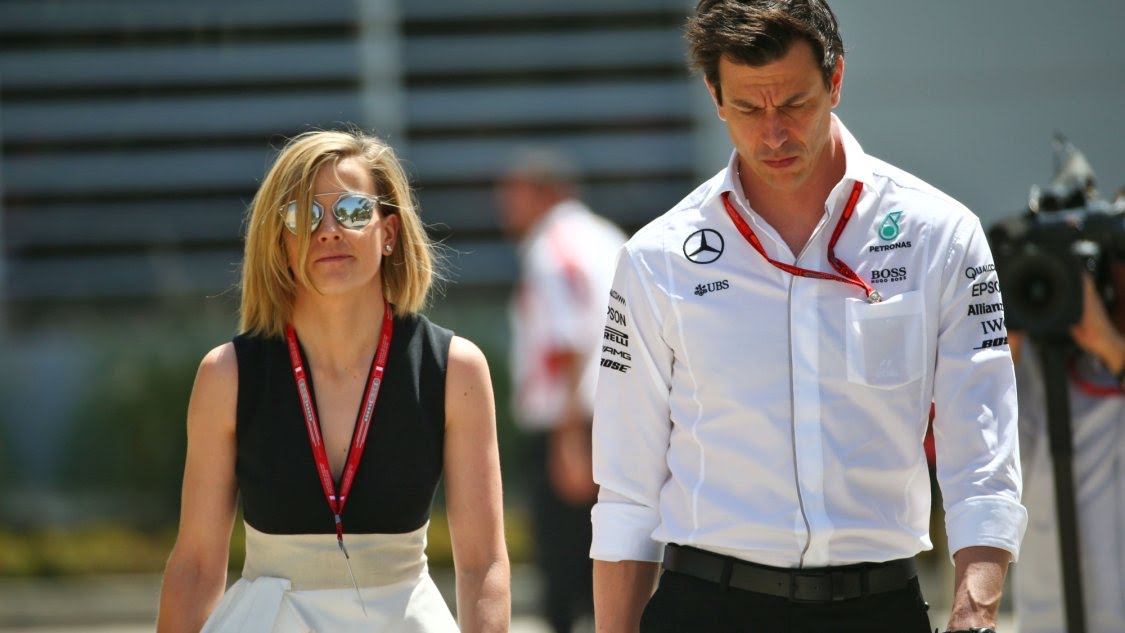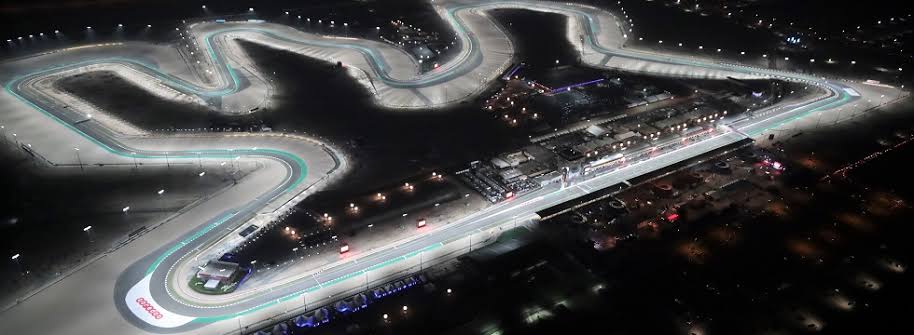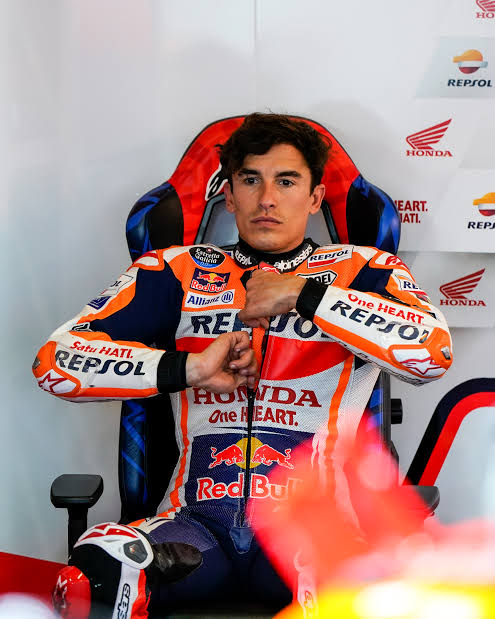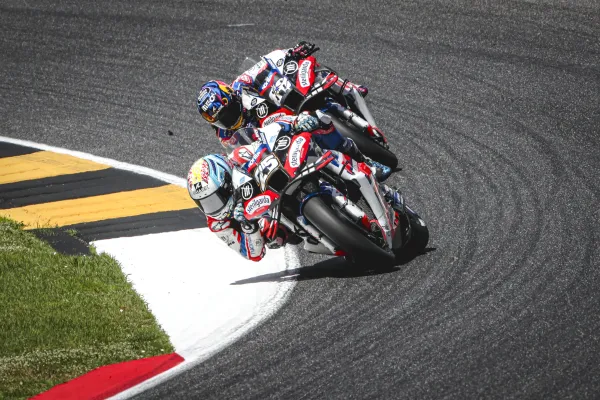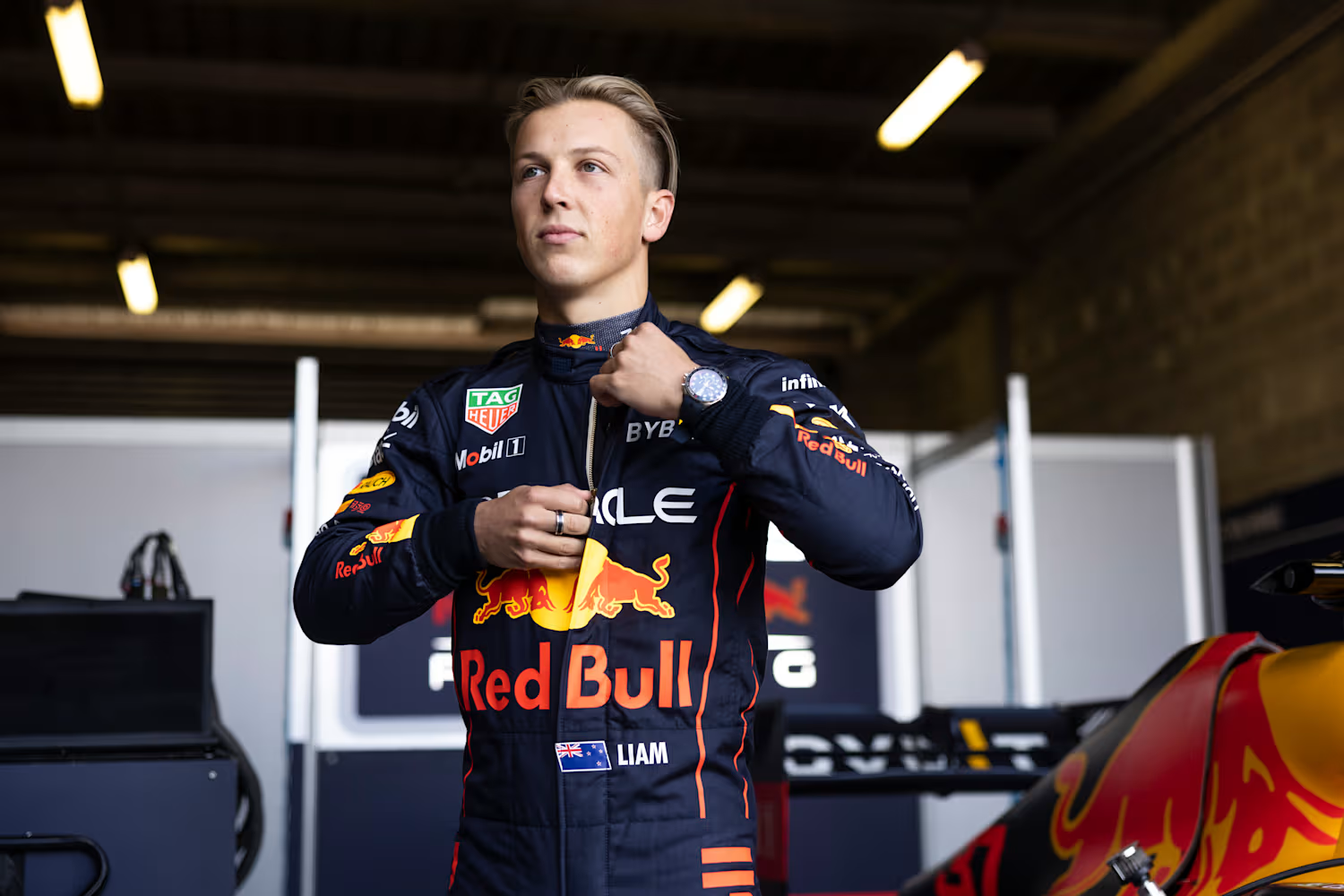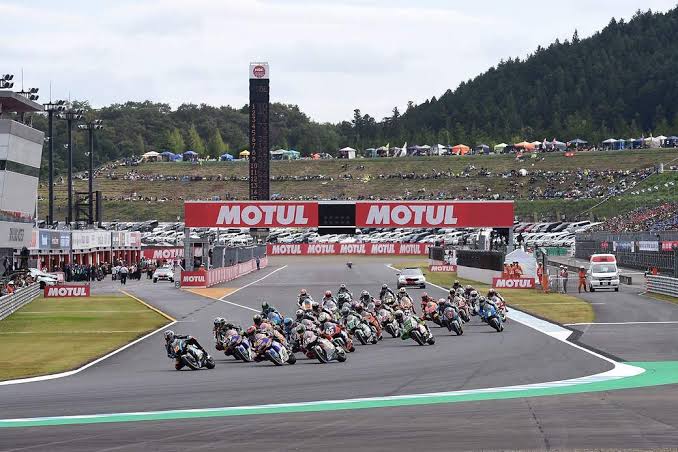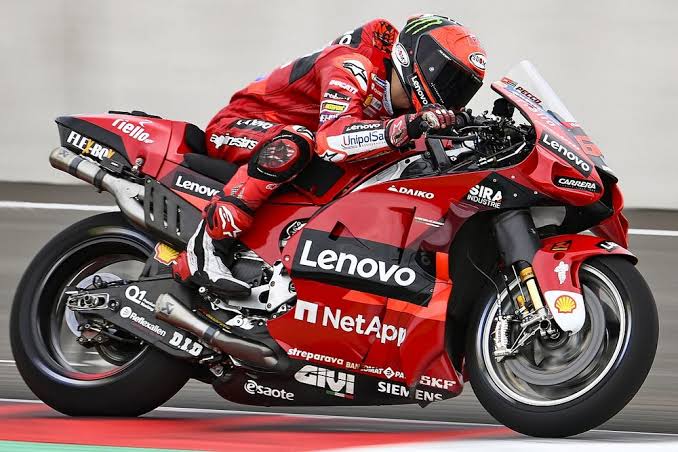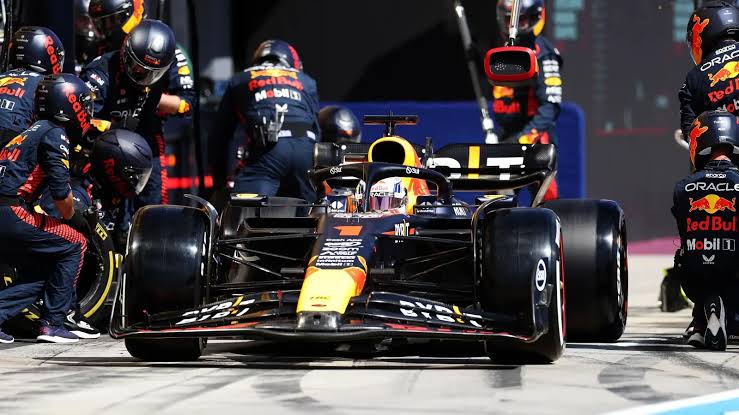Unveiling The Intricate Design Elements Of The McLaren MCL39 Brake Ducts
The McLaren MCL39 has emerged as a standout contender in the 2025 Formula 1 season, showcasing not only impressive performance on the track but also a sophisticated design that enhances its aerodynamics and braking efficiency. Among the most critical components of this car are its brake ducts, which play a pivotal role in managing heat and airflow. This article delves into the hidden details of the MCL39’s brake duct design, exploring how these elements contribute to the car’s overall performance.
Understanding Brake Duct Functionality
Brake ducts are far more than simple cooling mechanisms; they are integral to a Formula 1 car’s performance. Their primary function is to channel airflow to cool the brake discs, calipers, and other components while maintaining optimal tire temperatures. However, in modern F1 cars like the McLaren MCL39, brake ducts also play a significant role in aerodynamic performance.
With the shift to larger 18-inch wheel rims introduced by recent regulations, teams like McLaren have had to rethink their approach to brake duct design entirely. These larger rims provide new challenges in terms of heat management and airflow optimization, requiring innovative solutions to maintain performance while adhering to strict FIA regulations.
Key Changes in Brake Duct Design
The McLaren MCL39’s brake duct design is a masterclass in engineering precision. The changes introduced for this season reflect a deep understanding of fluid dynamics and thermal management:
Increased Size and Complexity: The larger wheel rims necessitated an increase in brake disc size—approximately 50mm at the front and 10mm at the rear. This change forced McLaren engineers to redesign the upright and caliper assemblies to accommodate these larger components while ensuring efficient cooling.
Nesting Design: The brake duct assembly employs a layered nesting approach akin to Russian nesting dolls. Each layer has a specific function, from directing cool air toward the caliper and discs to managing heat dissipation. This multi-layered design ensures that heat radiates into the wheel rim in a controlled manner, stabilizing tire temperatures for optimal grip and longevity.
Thermal Management Integration: The integration of thermal management systems within the brake ducts ensures that heat generated by braking does not negatively impact tire performance. By controlling how heat is distributed into the wheel rims, McLaren can maintain consistent tire temperatures throughout a race.
Innovative Airflow Management Techniques
Airflow management within the MCL39’s brake ducts is nothing short of revolutionary. McLaren’s engineers have implemented several cutting-edge techniques that set their design apart from competitors:
Direct Air Routing
One of the most significant changes introduced this season is the shift from a dual tract S-shaped air feed to a more direct routing system. This adjustment ensures that cool air reaches critical components like the caliper more efficiently, reducing the risk of overheating during high-intensity braking scenarios.
Caliper Fairing Design
The caliper fairing has undergone extensive redesigns for the MCL39. It now includes strategically placed windows that allow heat generated by the brake discs to escape effectively. These windows connect with specialized pipework that channels heated air away from sensitive areas, ensuring consistent cooling across all components.
Complex Ventilation Channels
The inner drum of the MCL39 features intricate ventilation channels designed not only for cooling but also for optimizing aerodynamic effects around the front wheels. These channels are meticulously crafted using advanced computational fluid dynamics (CFD) simulations to achieve maximum efficiency.
The Aerodynamic Edge
While cooling remains a primary function of brake ducts, their impact on aerodynamics cannot be overstated. In Formula 1, every detail matters when it comes to reducing drag and maximizing downforce—and McLaren understands this better than most.
Front Suspension Integration
The MCL39’s brake ducts are seamlessly integrated with its front suspension geometry. This integration ensures that airflow around the wheels is optimized for aerodynamic efficiency, reducing drag while maintaining downforce levels necessary for high-speed cornering.
Enhanced Wheel Wake Control
Wheel wake—the turbulent airflow generated by rotating wheels—can significantly impact a car’s aerodynamic performance. By carefully designing their brake ducts to manage this wake, McLaren minimizes its negative effects, allowing cleaner airflow over other parts of the car such as sidepods and rear wings.
Impact on Tire Performance
One of the primary goals of optimizing brake duct design is enhancing tire performance—a critical factor in race strategy and overall success on track. The MCL39’s innovative approach yields several key benefits:
Stable Bulk Tire Temperature: Maintaining consistent tire temperatures is essential for optimal grip and longevity during races. The MCL39’s brake ducts ensure that heat generated by braking does not lead to excessive tire wear or reduced traction.
Improved Tire Longevity: By carefully managing how heat radiates into the wheel rims, McLaren reduces thermal stress on tires, allowing them to perform consistently over longer stints without degradation.
Enhanced Grip Levels: Stable temperatures mean stable grip—an advantage that can make all the difference during high-pressure moments like overtaking or defending positions.
Testing And Iteration: A Key To Success
The development of the MCL39’s brake ducts has been an iterative process driven by extensive testing and real-world feedback:
Pre-Season Testing Insights
During pre-season testing in Bahrain earlier this year, McLaren demonstrated their ability to balance performance across various conditions. Their innovative designs were evident as Lando Norris claimed pole position and victory at subsequent races like the Australian Grand Prix.
Continuous Improvement
McLaren’s engineers have shown remarkable adaptability throughout this process. Initial designs were refined based on data gathered during testing sessions, ensuring that every detail was optimized for peak performance before hitting the track.
A Glimpse Into The Future
As Formula 1 continues to evolve, so too will brake duct designs like those seen on the McLaren MCL39. With advancements in materials science, CFD simulations, and real-time telemetry data analysis, teams will push boundaries even further in pursuit of perfection.
To explore more about how F1 teams leverage cutting-edge technology for competitive advantage, see our article on advanced aerodynamics innovations shaping motorsport today.
Conclusion
The McLaren MCL39 represents a culmination of advanced engineering principles and innovative design philosophies aimed at achieving peak performance in Formula 1 racing. Its intricately designed brake duct system exemplifies how even seemingly minor details can have profound effects on overall vehicle dynamics.
From improved cooling efficiency to enhanced aerodynamic performance and tire stability, every aspect of this system has been meticulously crafted with one goal in mind: winning races.
As we continue to witness developments throughout this season, it will be fascinating to see how McLaren’s designs evolve further in response to racing conditions and competitor strategies.
In conclusion, McLaren’s commitment to excellence through meticulous attention to detail not only enhances their competitive edge but also sets new benchmarks within Formula 1 racing—a testament to what can be achieved when science meets passion on four wheels.
